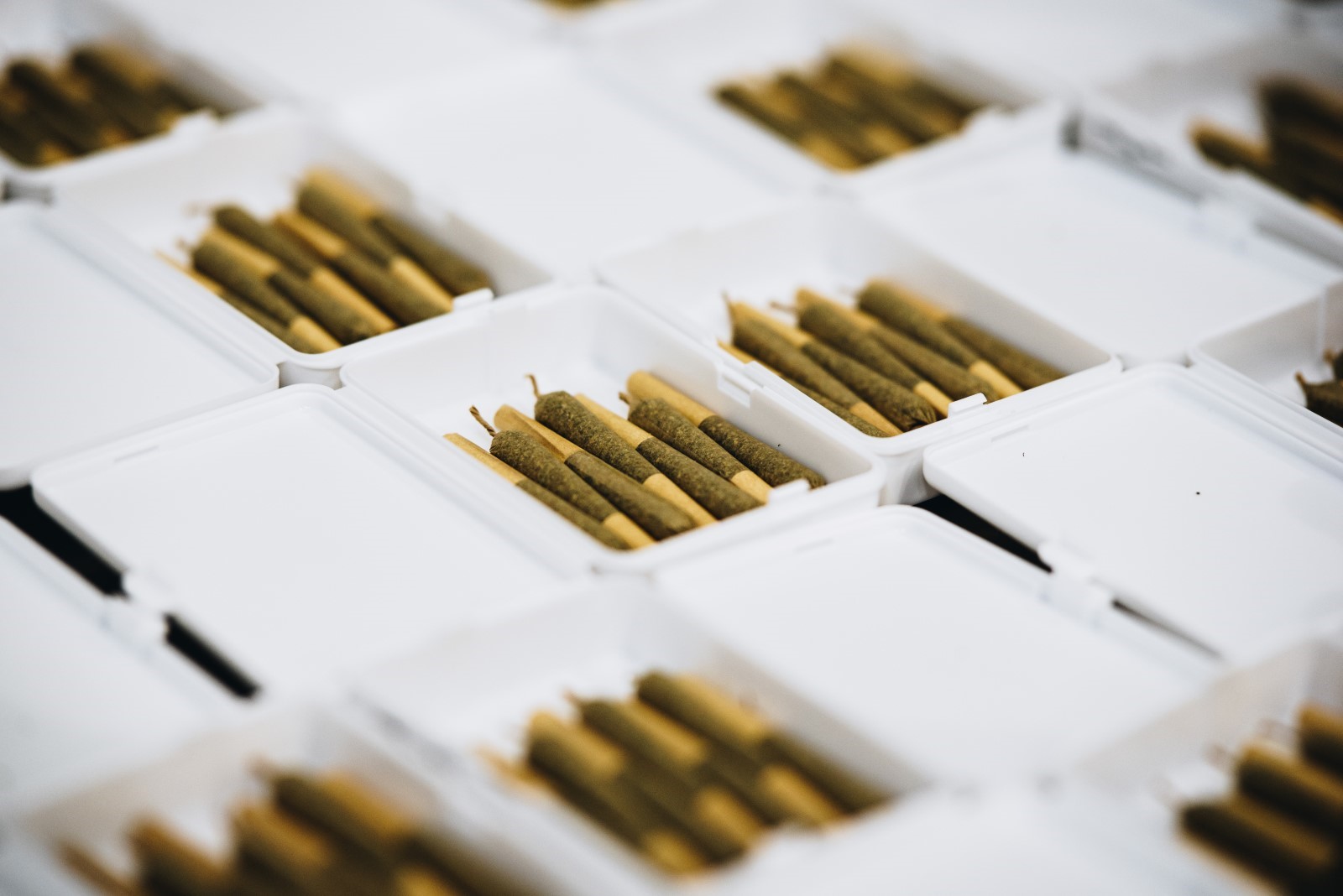Flavonoids and Terpenes are both highly important components in the cannabis plant in the way that they alter the affects you will receive from the cannabis strain you choose; however, they also play very different roles.
Both flavor, scent and color are possible in cannabis due to the synergistic qualities that terpenes and flavonoids share with one another, but they are also responsible for so much more that cannot be seen physically, but rather how they react with our bodies once consumed.
What Are Terpenes?
Terpenes are the organic compounds that give each cannabis strain it’s unique scent and flavors. However, terpenes are not unique to cannabis. They can be found in almost every herb, flower and fruit. They are more widely known as the “essential oils” of today’s modern world. Scientists have discovered over 120 different terpenes found in the cannabis plant, all thought to alter the therapeutic benefits of each cannabis strain.
What Are Flavonoids?
Flavonoids are a diverse class of phytonutrients rich with antioxidants, found in almost all fruits, vegetables and plants. Scientists have identified thousands of flavonoids throughout nature. They have also discovered 20 flavonoids that are unique only to the cannabis plant. These cannabis-specific flavonoids, also known as cannaflavins, affect the way that we experience cannabis. They influence not only the colour of the strain, but also the aroma and flavor, and they work closely with cannabinoids and terpenes to provide the therapeutic effects many people experience when consuming cannabis.
The Role of Terpenes
Terpenes play a vital role in any cannabis experience. These oils interact with your body’s serotonin and dopamine systems through the endocannabinoid system that every human body contains. This interaction can control your psychoactive experience. Every cannabis strain contains a different combination of terpenes. Two cannabis plants would have the same cannabinoid structure but if the terpene structure differs, this could result in two very different psychoactive experiences. Terpenes are responsible for why you may feel energetic and excited after consuming one strain, and then feel sleepy and relaxed after consuming another.
Some prominent terpenes found in cannabis include:
- Myrcene: Most cannabis strains that contain myrcene are typically indica-dominant strains. Myrcene has been reported for sedative effects, a preferred strain for nighttime use. It is also being studied to reduce inflammation and pain. You can usually find this terpene in medical strains that are given to patients undergoing cancer treatment.
- Alpha-pinene: This is one of the many “Pinene” terpenes, which has been reported to help combat respiratory conditions and reduce inflammation in the lungs.
- Linool: This terpene has been reported to have anxiety-reducing effects, known for its muscle relaxing properties and reducing feelings of nervousness
- Humulene: If you are looking for a strain that won’t give you the munchies, strains that contain the humulene terpene may be for you. According to research, humulene may help us regulate our appetites.
- Limonene: This terpene is being studied for its antioxidant effects and boosting the benefits of THC. It is also known for its sedative properties and has been in many popular strains for those struggling with mood disorders.
The Role of Flavonoids
Flavonoids are not unique to the cannabis plant, they can be found in all plants throughout nature, however there are flavonoids called “cannaflavins” that are specific to cannabis. They play an important role in determining the smell, colour, and taste of a strain. Every flavonoid contains some degree of antioxidants that are essential to how they affect your high.
Below are some of the most prominent flavonoids in the cannabis plant and the ways they may alter your experience while high:
- Cannflavin A: Studies show that cannalavin A is pharmacologically active and possesses anti-inflammatory properties that might be stronger than those found in Aspirin!
- Cannaflavin B and C: Both cannaflavins have been shown to possess anti-inflammatory properties like Cannaflavin A. They are exclusive to the cannabis plant and are being studied by researchers for their other potential medical benefits.
- Kaempferol: This flavonoid may have the ability to help with symptoms of depression and reduce the risk of heart disease with its antioxidant and anti-inflammatory properties.
- Quercetin: This flavonoid is being researched for its antioxidant, anti-depressant, anti-fungal and antiviral properties.
- Sylmarin: Sylmarin is a flavonoid with antioxidant properties and is being studied for its potential cancer-fighting properties
- Orientin: Last but not least, this flavonoid does it all—an antioxidant, antibiotic, anti-inflammatory, and neuroprotectant—it’s commonly found in cannabis and tea.
Research is showing promise that flavonoids could boost the immune system, fight cancer and reduce the risk of strokes, amongst other things! Well, I guess we’ll see where future studies take us!
Better Together
Both flavonoids and terpenes play a vital role in the way that they alter the affects you will receive from the cannabis strain you choose – including the potential medicinal and therapeutic benefits you could receive. They can work individually to provide these benefits however they work best when the synergistic qualities they share are combined.
This experience is known as the “entourage effect”, a widely used term in the cannabis community that explains the synergistic nature of terpenes, flavonoids and cannabinoids working together to magnify the benefits of each compound. Research shows that human bodies are equipped with endocannabinoid systems – a network of receptors that cover almost every organ inside us.
This system allows cannabinoids to bind to the receptors, producing different effects, which is further influenced by terpenes and flavonoids. With the entourage effect, the different compounds found in cannabis will work together with the endocannabinoid system in your body to essentially distinguish what your high will be and what benefits you will receive.
So, although a single compound can provide benefits, the effects are significantly greater when they work together! The cannabis concentrates category is skyrocketing as more cannabis consumers are realizing that they can reap the benefits of these compounds by using concentrates, which have a larger number of cannabinoids, terpenes and flavonoids when compared to natural flower.
Please note: *None of the statements above are made to influence or promote cannabis usage, they are based on scientific studies and research on the subject matter*
Sources:
- https://www.ncbi.nlm.nih.gov/pmc/articles/PMC7931196/
- https://www.cannainsider.com/reviews/flavonoids-terpenes-cannabinoids/
- https://www.leafly.ca/news/cannabis-101/cannabis-entourage-effect-why-thc-and-cbd-only-medicines-arent-g
- https://www.sciencedirect.com/science/article/pii/0006295285903259?via%3Dihub
- https://www.healthline.com/health/cannabis-terpenes
- https://acslabcannabis.com/blog/wellness/cannabis-flavonoids-everything-you-need-to-know



